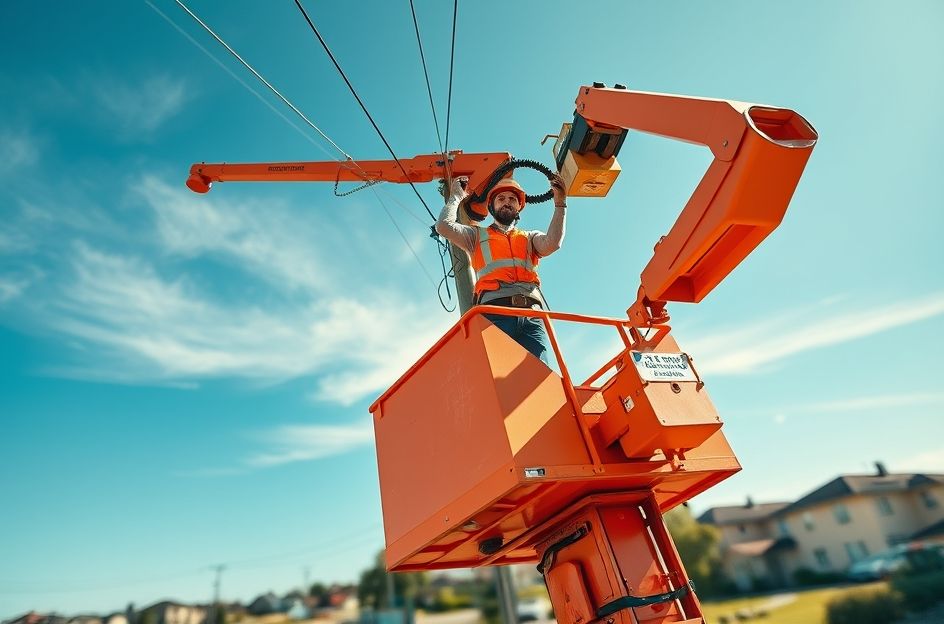Bucket trucks, also known as boom trucks or aerial lifts, are indispensable in numerous industries. Their primary function is to elevate workers to heights, enabling them to perform tasks such as repairing power lines, maintaining trees, and conducting inspections on tall structures. You’ve likely seen them along roadsides, a testament to their widespread use.
These specialized vehicles are available in various configurations, each tailored for specific applications. Their versatility extends to multiple sectors, but they are most commonly associated with power line technicians who rely on them to safely access and repair electrical infrastructure. The integrated design often includes storage bins for tools and equipment, enhancing efficiency.
Stability is paramount, and many bucket trucks feature outrigger jacks for enhanced safety. Power sources vary, with some models utilizing auxiliary engines and others drawing power from the main truck engine.
While bucket trucks significantly enhance workplace safety and accessibility, proper operation is critical. These machines require careful handling and adherence to safety protocols. Minimal maintenance is needed when properly operated and maintained.
OSHA (Occupational Safety and Health Administration) provides comprehensive guidelines for bucket truck operation. Key regulations include:
* Bucket construction from approved materials: fiberglass, reinforced plastic, metal, or wood. The truck must safely lift employees to elevated work sites.
* Clearly marked and defined controls.
* Modifications require written approval from the manufacturer or a qualified authority.
* Load and weight distribution must adhere to the manufacturer’s specifications.
* Brakes must be engaged during operation.
* Never move the truck while personnel are in the bucket.
* Daily pre-operation control testing is mandatory.
* Lower controls should only be used in emergencies or with the bucket operator’s consent.
* Appropriate protective gear is essential, including safety boots, goggles, gloves, and a hard hat.
For employers, comprehensive training is the cornerstone of safety. Adhering to OSHA guidelines ensures that bucket trucks provide reliable, year-round support with minimal maintenance costs, thus protecting your workforce and your investment.
